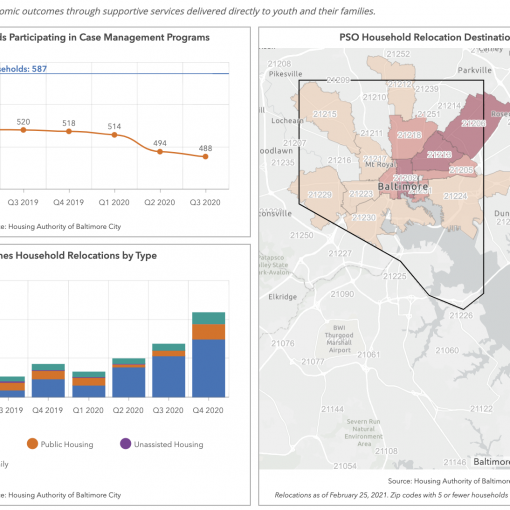The year is 1994, CompStat is introduced, in part, as an answer to “limited communication” and a “lack of up-to-date information” within the NYPD, which made a “thorough analysis of crime patterns practically impossible.” The program would go on to allow “timely crime statistics to push precinct commanders to greater awareness and command of the immediate on-the-ground crime situation.” One revolutionary aspect of the program was semi-weekly meeting of the top echelon of the NYPD to “identify crime patterns, select tactics, and allocate resources on the spot.”1

The program’s evolution came in 1996 in the form of CitiStats, introduced by Baltimore’s Mayor O’Malley. While increasing in scope to encompass all municipal departments, a similar format was used. Meetings took place every two weeks with “the manager of each city agency” where they were held accountable for any problems or shortcomings, but more importantly to “[produce] quick, effective results.” Prior to its implementation mangers were unable to answer basic information such as “how many vehicles were in the public works fleet, or how long it took to answer a 911 call.” Arguably even more important was that this was new mechanism for sharing interagency resources. “When a problem is attributed to resources or inter-agency cooperation, the other managers may be called upon to help find a solution.”2
a new mechanism for sharing interagency resources
Although CitiStat is thing of the past in Baltimore, it spawned numerous similar programs. StateStat, while also now shutdown, was introduced at the Maryland state level by then Governor O’Malley.3 Most recently, Baltimore County introduced BCSTAT. BCSTAT was created “to incorporate data into decision making and apply data-driven analysis to everyday operations across county departments.”4 The process has even reached commercial success with GovStat. “[A] company started by the Mayor’s brother Peter O’Malley, [which] has had success marketing the CitiStat model to governments worldwide.”5
While the roots lie with NYPD, Maryland is where the data based governance programs grew into powerful tools for accountability and positive change.
1https://www.innovations.harvard.edu/compstat-crime-reduction-management-tool
2https://www.innovations.harvard.edu/citistat
3https://www.baltimoresun.com/politics/bal-hogan-creates-new-office-to-improve-agency-service-20151009-story.html
4https://storymaps.arcgis.com/stories/2c5c98a556244861abb46dd38c10cef8
5https://www.innovations.harvard.edu/citistat



